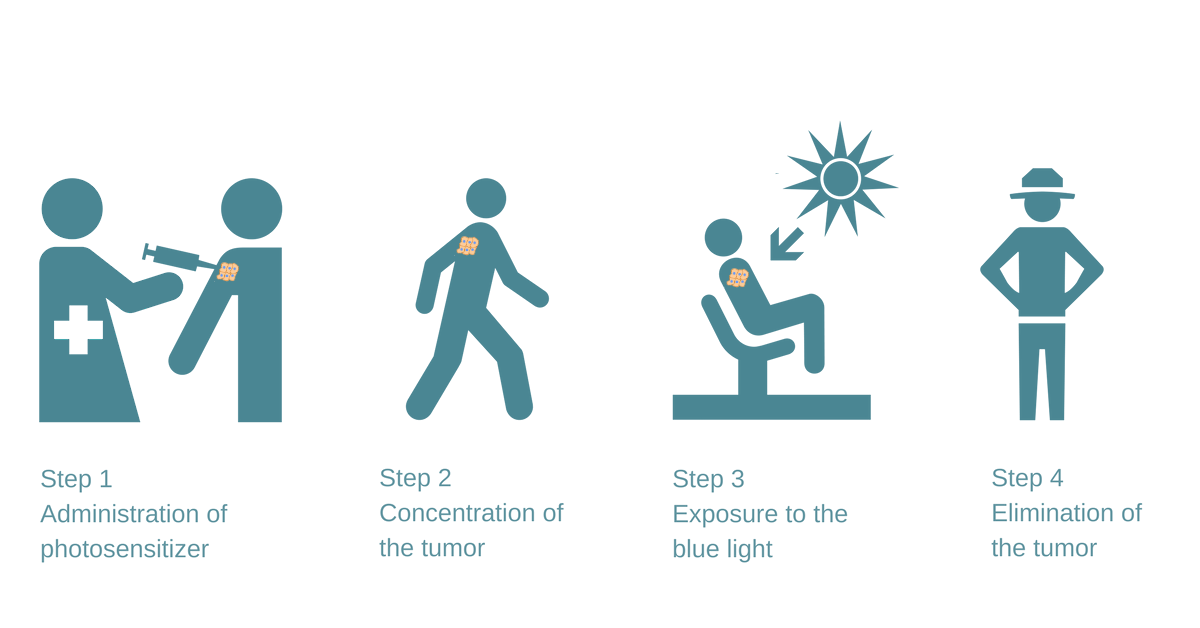Arsenault Dermatology is using photodynamic therapy (blue light treatment) to help skin cancer patients with actinic keratosis.
WHAT IS BLUE LIGHT THERAPY?
Blue Light Therapy, also called Blue Light Treatment or Blue Light Photodynamic Therapy, is a treatment performed by dermatologists to combat pre-cancerous lesions like actinic keratosis. These lesions are typically found in areas of the body that are frequently exposed to the sun, including the face, head, and arms.
WHAT IS ACTINIC KERATOSIS?
Actinic keratosis, or solar keratosis, is a condition that causes scaly bumps that grow on the skin, which has the potential to turn into skin cancer. These growths are patches of thick, crusty or rough skin. They are not life-threatening, but untreated lesions can turn into squamous cell carcinoma, and it’s always recommended to have them treated by your dermatologist.
These lesions are often felt before they are seen, and are most commonly found on the face, ears, neck, head, chest, and arms – the areas which are most often over-exposed to the sun. Patients may even have some hidden (subclinical) lesions that are not visible on the surface for the first time.
HOW DOES THE TREATMENT WORK?
Blue Light Treatment is a non-invasive procedure. Your dermatologist will apply a chemical solution to the affected areas, and subsequently, expose that same area to blue light. The reaction from the chemicals, oxygen and the blue light is what destroys the precancerous or cancerous skin cells. Your actual treatment will typically involve two visits — one for the initial screening and diagnosis, followed by your actual treatment appointment. Once the solution is applied to your skin, you’ll allow it to absorb for an hour, and then you’ll do the blue light exposure for just under 20 minutes. It’s a quick and easy procedure.
Here is an explanatory infographic to illustrate the way patients experience photodynamic treatment:
ARE THERE ANY RISKS?
The largest risk associated with blue light therapy appears to be the temporarily increased sensitivity to sunlight and sunburn for the first 48 hours after treatment. Because the chemical solution used is light-sensitizing, it’s important to wear sunscreen and sun-protective clothing, and avoid direct exposure during 48 hours after treatment.
DOES IT HURT?
Because this is a non-invasive procedure, it’s essentially painless, and most patients find it completely comfortable. The treated lesions will heal in about one week. Other types of treatment like cryotherapy, topical chemotherapy, and laser resurfacing are known to be significantly more uncomfortable, making blue light therapy a great option to treat skin cancer or to act as a preventive treatment and remove actinic keratosis.
Blue Light Treatment in Bradenton and Lakewood Ranch
To find out if Photodynamic Therapy can help you, please contact Arsenault Dermatology for an initial examination. You may request an appointment online or call us at 941-907-0222



